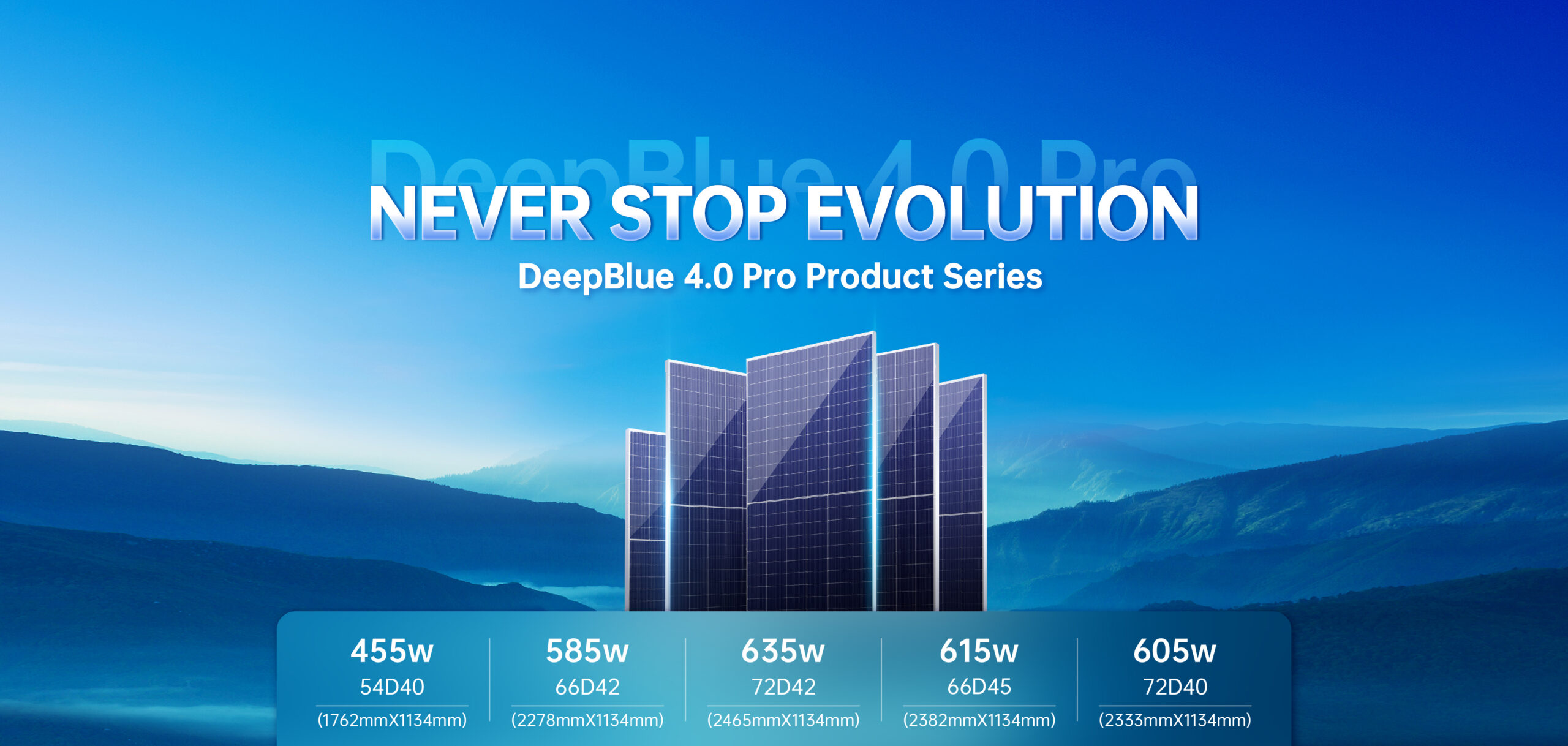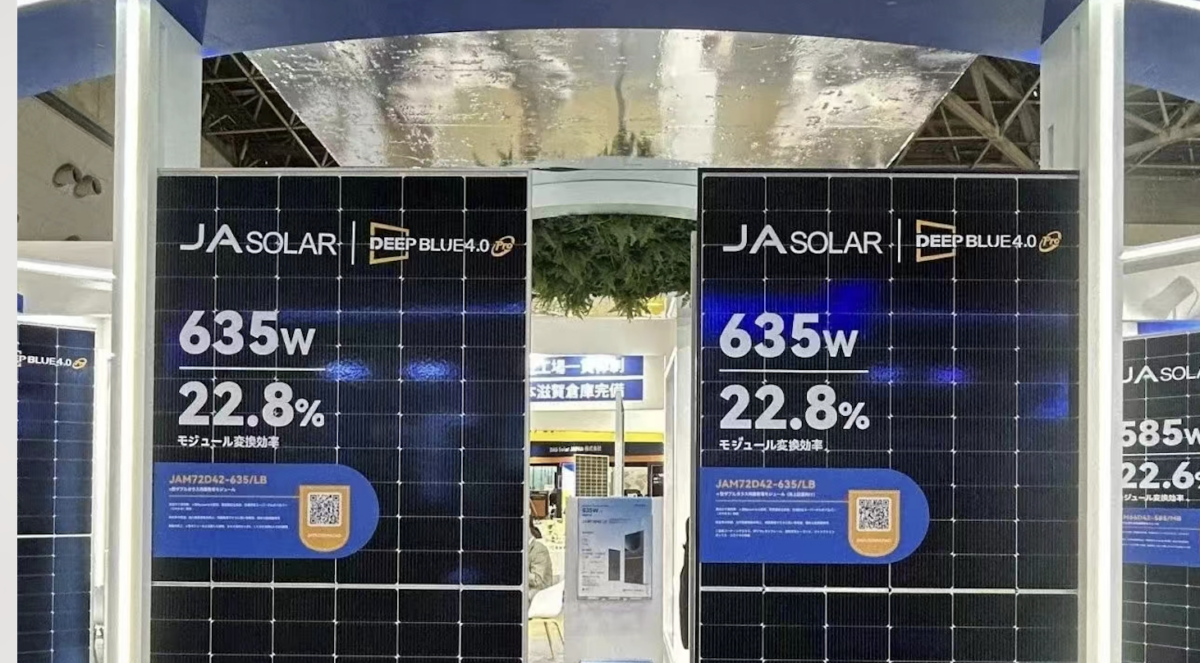Reducing the levelised cost of energy (LCOE) by between 2.5% and 6% and the balance of system (BOS) cost by 2% to 4.5% compared to conventional p-type modules, JA Solar’s new 4.0 Pro range pushes the established brand into highly-competitive terrain.
JA Solar is today one of the globe’s largest panel manufacturers, and has been at the forefront of the global shift towards high efficiency n-type, or negatively doped, solar products. At the close of 2023, the company boasted 57 GW of n-type cell manufacturing capacity.
Independent solar testing facility PV Evolution Labs (PVEL) has consistently deemed JA Solar a ‘top performer’ in its annual PV Module Reliability Scorecard, with customer review forums echoing these sentiments and noting the brand’s competitive pricing. As Australian review site SolarQuotes notes, “when combined with their n-Type technology, JA Solar’s monocrystalline panels position themselves at the top of the efficiency scale for mid-range solar panels.”
The rectangular 182 mm x 199 mm silicon wafers that are at the heart of the new range use n-type passivated-contact Bycium+ cell technology. A one-year field test with technical certifier TÜV NORD found the technology allowed DeepBlue 4.0 Pro modules to generate 3.9% more electricity than conventional p-type panels. Despite the novel cell design, the company has kept standard industry specs in focus, ensuring its module sizing is able to be easily integrated into projects.
The DeepBlue 4.0 Pro range includes a 455 W module for residential rooftop installations, and five higher power options for the commercial, industrial and utility-scale segments. The company’s commitment to bifacial modules, though, makes it a favourite for solar farms and large-scale applications. To this end, the range’s largest module with 72-cells has a peak power output of 635 W, deemed by JA Solar to be its “best module solution among all 182 series products.”

As JA Solar outlined during the company’s technology forum in Sydney in March, this increase in module power has required a balancing act to harmonise voltage and current for peak system output. For instance, the range’s 635 W panel has reduced its Open-Circuit Voltage (VOC) by 7.6% compared to industry averages, with the company noting this minimises the risk of hot spots. Power degradation in the range sits at an annual rate of ≤ 0.4%, with the first year at ≤ 1%, and the power temperature coefficient is around -0.30%/C.
The 4.0 Pro range also includes modules catering to offshore solar projects, including floating PV and fixed pile PV structures. These modules are moisture and salt resistant and innovative bill of materials (BOM) to ensure durability.
In December, TÜV NORD also certified the DeepBlue 4.0 Pro series in its High-speed Wind Tunnel PV Module Certification, further validating its performance for offshore applications as well as within hurricane-prone regions.
pv magazine Australia hosted the JA Solar technology forum.
This content is protected by copyright and may not be reused. If you want to cooperate with us and would like to reuse some of our content, please contact: editors@pv-magazine.com.








By submitting this form you agree to pv magazine using your data for the purposes of publishing your comment.
Your personal data will only be disclosed or otherwise transmitted to third parties for the purposes of spam filtering or if this is necessary for technical maintenance of the website. Any other transfer to third parties will not take place unless this is justified on the basis of applicable data protection regulations or if pv magazine is legally obliged to do so.
You may revoke this consent at any time with effect for the future, in which case your personal data will be deleted immediately. Otherwise, your data will be deleted if pv magazine has processed your request or the purpose of data storage is fulfilled.
Further information on data privacy can be found in our Data Protection Policy.